Indeed some of you can relate to the pride of owning and driving a manual car. Perhaps it was the imagination of driving like Fast & Furious cars, or just the love to shift gears. Enjoying our ride to and fro from class to home while shifting gears just makes our ride more enjoyable. Nevertheless, we might develop some bad habits when driving a manual car to class after a while.
After all, drivers should care about the wear and tear in their cars to avoid costly repairs. So here are some tips to minimize damages while driving a manual transmission car:
Never rest your hands on the gear shift.
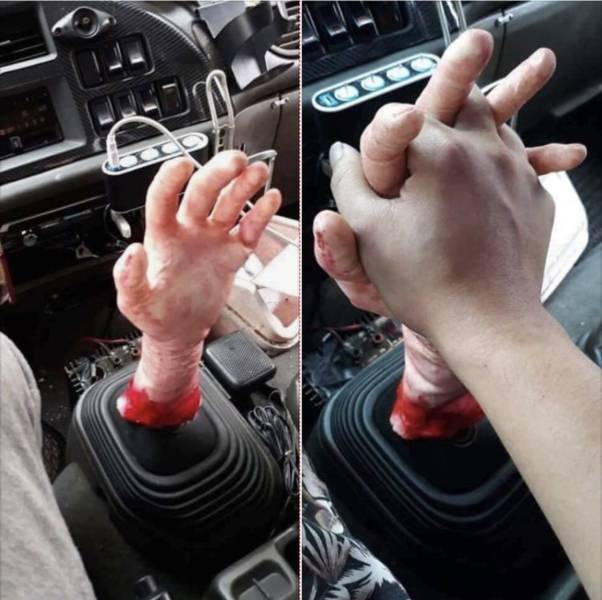

Here’s the first and perhaps most common bad habits when driving a manual car.
Only the gear shift is visible to us, but what happens in the manual gearbox box isn’t. Instead, manual transmissions use the selector fork as a lever to shift gears by pushing them into a spinning gear-selecting ring.
If you rest your hand on the gear shift, you risk premature contact between the selector fork and the rotating collar. A bad habit of resting your palm on the selector forks might hasten this process and lead to premature wear.
To speed up, don’t use the wrong gear.
A higher peak speed can be achieved in manual cars by shifting into the highest gear. But to avoid overworking the engine, you should slowly shift your up.
Lower gears may cause the engine to hit the redline early if you’re driving at a high pace. As soon as the gear indicator indicates that you should shift up, you should do so.
When driving in a higher gear and using the throttle to build momentum, you risk overworking the engine. In addition, the engine’s need to cope with the additional stress caused by shifting up a gear actually hinders fast acceleration.
The clutch pedal is not a footrest.
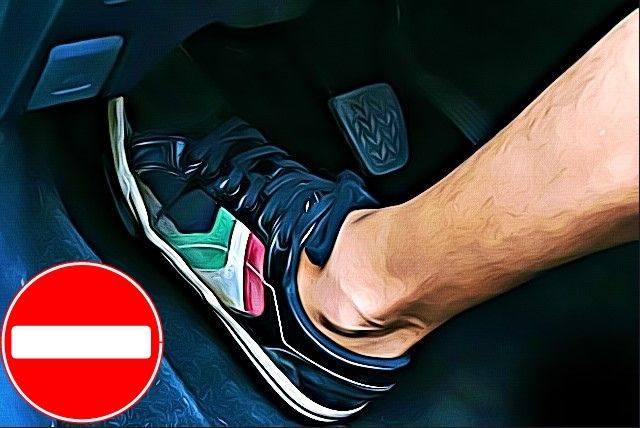

Resting your foot on the clutch pedal causes the clutch to partially engage. Thus, increasing friction and shortening the clutch’s lifespan. In addition to lowering fuel efficiency, this could hasten clutch wear.
To prevent this from happening, keep your foot away from the clutch unless you are actually shifting gears. Then, if need be, rest your foot on a dead pedal, a non-moving piece of rubber or metal that’s located adjacent to the clutch pedal.
Avoid leaving your car in gear while idling at the traffic light
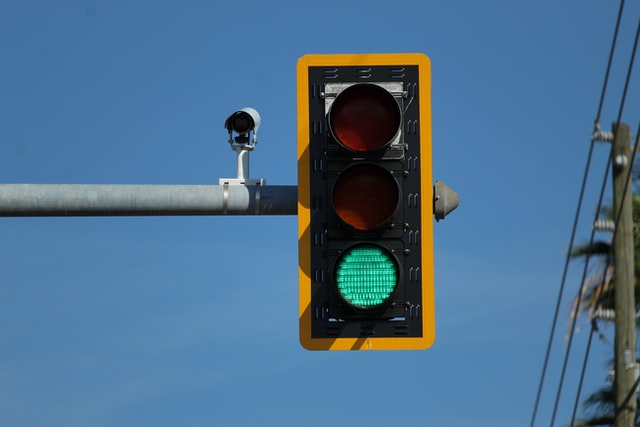

Leaving the clutch down in first gear and putting your foot on the brake while waiting at traffic signals or intersections can impose additional stress on the clutch. If you’re going to be stopped at any time, it’s best to put the car in neutral and use the handbrake to keep it still.
Putting your car in neutral at a stoplight reduces the wear and tear on your clutch by a significant amount.
When changing gears, use the clutch!
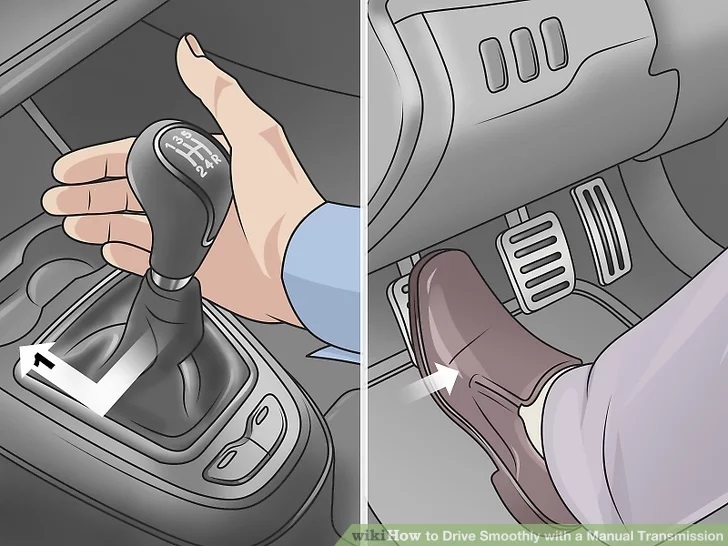

When you press down on the clutch pedal, it disconnects the engine from the transmission. A clutch disc is facilitates the transmission of power from an engine to a transmission. You must detach the engine from the transmission while the vehicle is stopped to transfer gears.
In addition to damaging the transmission system, shifting gears without utilising the clutch can severely affect the engines.
Avoid using clutch bite point during the uphill drive
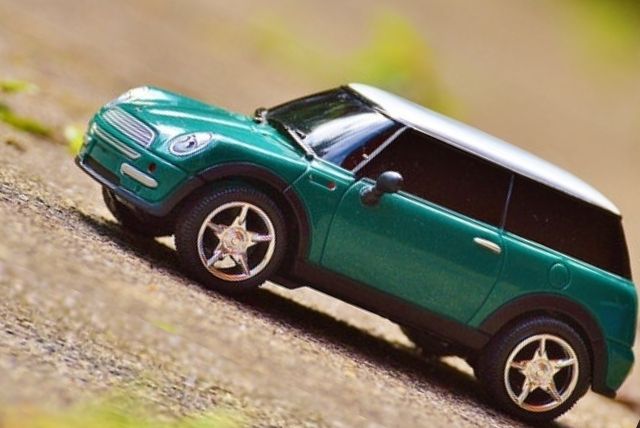

Here’s the most popular amongst all the bad habits when driving a manual car! Many of us tend to hold on to the clutch bite point (the bite point is where the clutch plate engages the engine plate) to keep the car from rolling backwards while driving up an incline. Due to excessive wear and tear, you’ll have to replace the clutch sooner rather than later.
Today, many manual automobiles comes with the Hill Hold feature. Which can prevent a vehicle from rolling backwards for around two to three seconds after you stop stepping on the brake pedal.








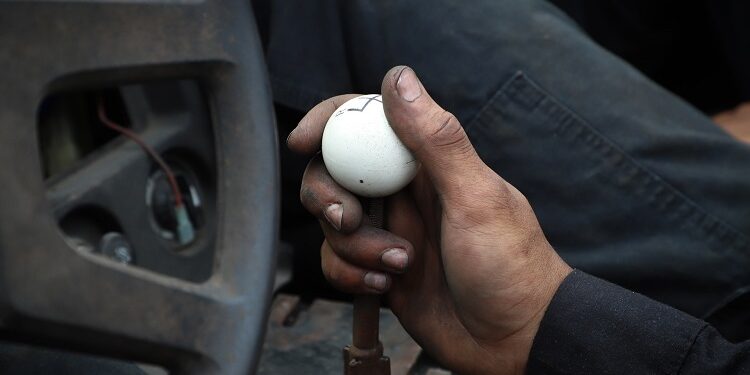






















Discussion about this post